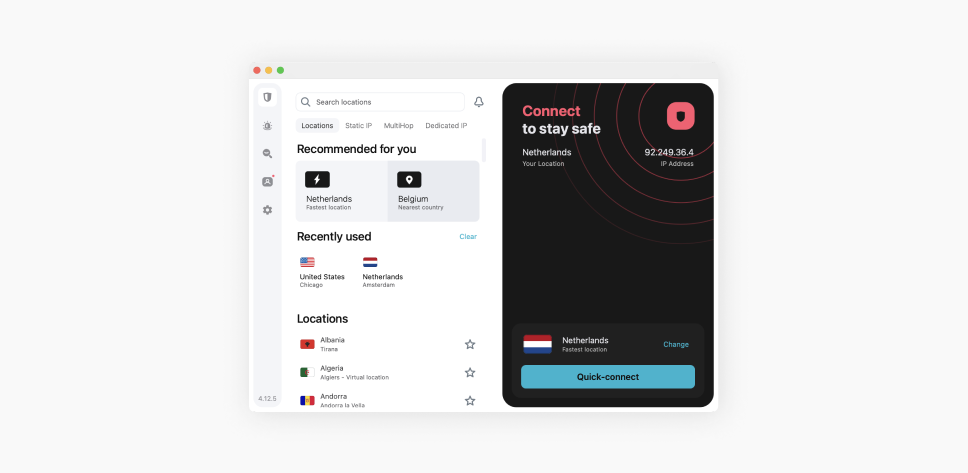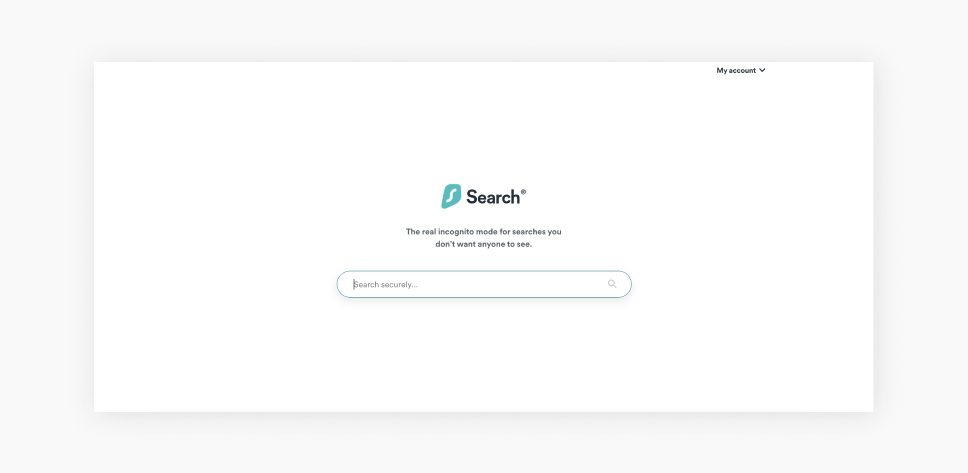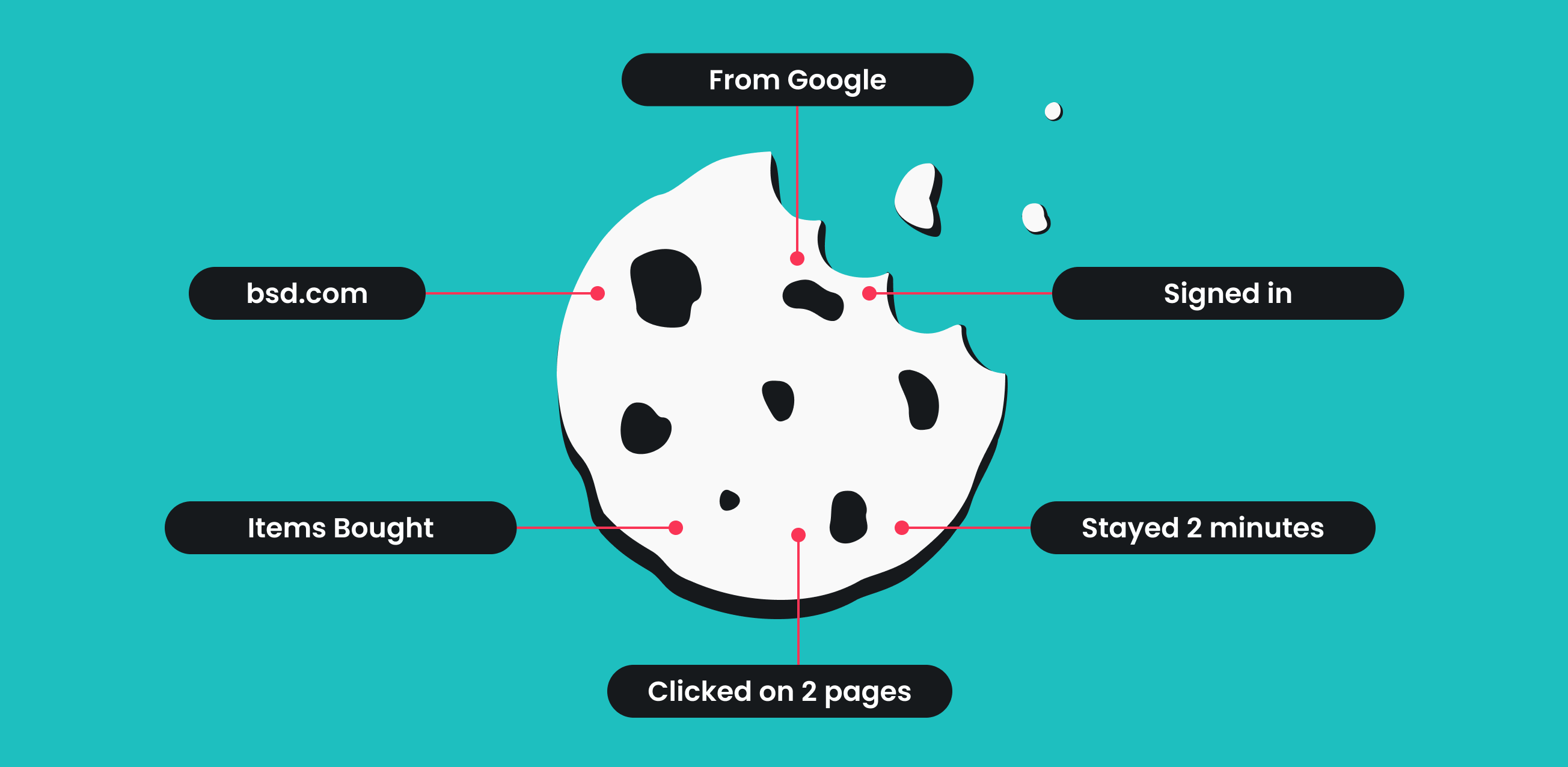A VPN masks your regular IP address and replaces it with that of the VPN server. This can reveal region-specific flight prices that airlines typically don’t display from your home location. By clearing cookies and switching between VPN servers, you can compare the same route across multiple markets and book where fares are lowest.
What causes different flight prices?
The reason flight prices can vary so much is that they’re influenced by a combination of demand, timing, location, and airline strategy. The same flight can cost dramatically different amounts, depending on where, when, and how you book it.
The main factors that influence flight pricing include:
- Destination popularity and demand: popular tourist or business destinations tend to cost more, especially during busy seasons or major events;
- Travel dates and time of day: midweek flights and red-eye departures tend to be cheaper than weekend or prime-time options because fewer travelers choose them;
- Booking lead time: prices fluctuate depending on how early or late you book. Early bookings can secure lower fares, while last-minute seats often cost more (unless the airline discounts to fill empty spots);
- Operating costs: rising fuel prices, maintenance, staffing, and airport charges all impact ticket costs, especially on long-haul flights;
- Distance and flight type: longer, nonstop, or international flights tend to cost more because they use more fuel and resources compared to short or connecting routes;
- Fare class and flexibility: economy tickets with strict rules are cheaper than refundable or premium-class options. Flexibility, baggage, and seat selection all affect the total price;
- Your location and market: airlines often use dynamic pricing based on your IP (Internet Protocol) address, showing different fares depending on where you book from and your region’s purchasing power;
- Currency exchange rates: fluctuations in exchange rates can make tickets appear cheaper or more expensive depending on your local currency’s strength;
- Dynamic pricing algorithms: airlines use advanced revenue-management systems that analyze demand, competition, and user behavior to update prices in real time;
- External events: political instability, economic shifts, or major global events (like sporting tournaments or epidemics) can suddenly affect demand and pricing patterns;
The good news? Many of these factors can actually work in your favor. Up next, we’ll show you how a VPN (Virtual Private Network) can help you spot and secure the lowest possible fares.
How to find cheaper flights with a VPN
Removing cookies and cached data resets your browsing history, while switching your IP address changes your virtual location. Together, these steps can reveal fairer, location-independent flight prices.
Note: In some cases, a lower fare displayed through one region may change during checkout if the site recalculates based on your billing country or payment method.
1. Get a VPN
Start by choosing a VPN service. Look for one that:
- Offers many server locations — you need a large comparison pool;
- Is easy to set up and won’t slow down your system;
- Won’t make money from selling your data, but doesn’t cost a fortune either.
We’re using Surfshark VPN, part of Surfshark’s flexible cybersecurity suite. TechRadar called it the fastest VPN, CNET rated it best overall VPN for iPhone, and it’s frequently cited as the cheapest monthly VPN on the market.
Surfshark runs servers in 100 countries — from the US, Canada, and the UK to Thailand, Malaysia, and Vietnam. You can view the full server list here.
2. Select a server

Download and install Surfshark VPN, then open the app. You’ll see a simple dashboard with a list of recommended server locations.
For this first search, select Locations. Surfshark organizes servers by country with color indicators showing connection load — green dots mean faster speeds.
When choosing a server, try:
- Countries with lower local market rates;
- The airline’s home country;
- The destination country.
Pick a country to browse from and click once to connect. Within seconds, you’ll see a confirmation message with your new virtual IP address and country.
You can double-check your connection by visiting the What is my IP page — it should show your chosen country as your current location.
3. Look up flight prices

Now that your location is set, start comparing fares. Open a new browser window and head to your preferred flight comparison sites — for instance, Google Flights, Skyscanner, or Momondo.
Bear in mind that these sites adjust rates based on your location. You’ll see prices for the market of the country where the VPN server is located.
For accuracy, check the same route, travel dates, and airline options you’d normally book. The goal here is to get a true picture of what prices look like from this one location before testing others later.
To keep your searches private, use Surfshark Search. It provides private, ad-free search results without logging your queries or browsing history, helping you avoid tracking.
4. Note down the prices
As you explore flight options, record what you find. This will make comparing between countries later much easier.
Use a spreadsheet, a note-taking app, or even pen and paper. Try to capture the final price rather than the initial search result — some sites adjust fares slightly as you move toward payment.
5. Clear your cookies

Before moving on to test another country, clear your browser cookies. Cookies track details like your search history, route interest, and frequency of visits — data that can lead to higher displayed prices. This is how Google knows your location, too. Clearing cookies removes all data stored from your past sessions.
To do this:
- Open your browser settings;
- Delete cookies and cached files (for Chrome, press Ctrl + Shift + Del on Windows or Command + Shift + Delete on Mac);
- Close and reopen your browser.
This resets your browsing profile so the next session appears brand-new to airline websites.
To reduce tracking, enable Surfshark’s Clean Web feature. It blocks many tracking scripts and ads, minimizing how much data sites can collect while you’re researching flights.
6. Repeat steps 2-5 for different server locations
Now that you’ve completed the process once, it’s time to repeat it for other countries to see where the best deals appear.
Open the Surfshark app again and disconnect from your current server. Then, choose a new country from the Locations list — ideally one with a lower cost of living or a smaller local air travel market. These regions often display lower fares due to local pricing adjustments.
After checking several countries, review your notes and look for patterns. You might find, for example, that flights are cheaper when searched from countries in Southeast Asia or Eastern Europe.
Tip: Many platforms adjust prices by location. You can use a VPN to save money on hotels, rental cars, and other kinds of online shopping just as well. Surfshark’s wide network of 100 countries gives you plenty of opportunity to experiment and save.
More tips for finding cheap flight deals
A VPN is a powerful tool for uncovering cheaper fares, but pairing it with smart travel strategies can help you save even more. Here are the best ways to find great flight deals online:
- Be flexible with your dates: shifting your trip by just a few days — especially outside peak travel periods — can lead to major savings;
- Fly midweek: Tuesdays and Wednesdays often have lower fares than weekends when demand spikes;
- Book in advance: the sweet spot for most routes is around two to three months before departure, or five to six months for high seasons;
- Compare destinations and airports: broaden your search area or check nearby airports — smaller or secondary ones can be significantly cheaper;
- Consider connecting flights: a short layover can sometimes lower your total fare, even on the same route;
- Mix and match airlines: combining different carriers for separate legs can result in a better price than sticking with one airline;
- Use fare alerts and tracking tools: tools like Google Flights, Hopper, or Skyscanner can notify you when prices drop — and with a VPN, you can see how fares vary by region;
- Use regional versions of airline websites: when connected through a VPN, check local versions of sites (e.g., .co.uk, .in, .mx) for country-specific promotions;
- Pay in the local currency: booking in the currency of your virtual location can sometimes eliminate conversion fees or reveal lower regional fares;
- Sign up for regional airline newsletters: connect to a server in a target country before subscribing to access localized promotions;
- Use your rewards and points: don’t forget to apply frequent flier miles, travel credit perks, or loyalty points for additional savings;
- Leverage layovers: some airlines offer free or discounted stopovers — an easy way to explore an extra destination without extra cost.
Does browsing in Incognito or Private Mode help find cheaper flights?
There’s a common myth that using Incognito or Private Mode lowers airfares. It sounds appealing, but in practice, prices usually don’t change.
That’s because airfare pricing responds to market conditions and your IP address first — cookies second. Since Incognito and Private Mode don’t conceal your IP address, websites can still detect your general location and adjust pricing accordingly.
In short, Incognito and Private Mode limit some tracking but won’t mask your identity. A VPN, on the other hand, hides your IP entirely — making it far more effective at securing better deals.
How do websites determine your location?
Your location plays a major role in the prices you see online. Websites and booking platforms use several methods — sometimes combined — to figure out where you are. Here’s how they do it:
IP address
Every internet-connected device has a unique IP address that reveals your general location, usually down to the city or region. Airlines and booking sites then use this data to adjust prices based on local market conditions.
GPS data

If your device’s GPS is turned on, websites can pinpoint your exact coordinates. Always turn it off when comparing flight prices to avoid being automatically placed in your current location.
HTML5 geolocation
Modern browsers can detect your location through HTML5 APIs (Application Programming Interfaces) with surprising accuracy — even without GPS. A VPN helps block or disguise this data effectively.
Cookies and browser storage

Cookies store your browsing history, visited pages, and even the routes you check most often. Some sites use this data to raise prices when they detect repeated interest in the same flight.
Wi-Fi and network data
Wi-Fi networks can be mapped to specific geographic areas. Even if your IP is masked, an open Wi-Fi network can sometimes reveal your approximate location.
Browser fingerprinting
Many websites use fingerprinting to identify users based on unique combinations of browser settings, device type, screen size, fonts, and plugins — even when cookies are cleared. This makes it harder to appear as a new visitor.
Mobile network identifiers
On mobile devices, your SIM card or carrier network can reveal your country or region, which may still influence displayed prices if you’re not connected through a VPN.
Third-party tracking scripts
Advertising networks and analytics tools embedded in travel sites often share your location data across multiple platforms — meaning your previous searches could affect prices elsewhere.
Why a VPN helps: A VPN encrypts your internet traffic and masks your regular IP address with that of the VPN server’s. Combined with clearing cookies and disabling location permissions, it effectively hides your real location from websites — revealing unbiased prices and boosting your privacy.
Other benefits of using a VPN
Saving money on flights is just one of the many benefits of using a VPN. VPNs encrypt traffic between your device and the internet, preventing ISPs, networks, and websites from monitoring your activity. This helps keep your data safe online, especially when using public networks, such as hotel Wi-Fi.
With Surfshark, you get much more than a VPN. The app includes built-in tools such as an ad blocker and Alternative ID for safer online sign-ups. Higher tiers include antivirus protection, data leak alerts, and more.
More ways to travel smart and save money
Looking for more ways to cut travel costs? These tools can help you save on data and accommodation just as effectively. Pair them with your VPN for a smoother, safer, and more budget-friendly trip.
Cheap roaming with Saily
While you’re looking for cheaper flights, why not save money on roaming fees, too? If you’re thinking of getting an eSIM for your travels, check out our Saily vs. Holafly comparison to find the most attractive data plan for your destination.
Compare hotel deals with RatePunk
RatePunk is a free browser extension that compares hotel prices across multiple booking platforms. It also shows if booking from a different country could get you a better rate.
Once you find that country, simply connect to a Surfshark server in the same location. Together, Surfshark and RatePunk make it easy to find and secure the best accommodation deals.
When used with Surfshark, your searches remain private — Surfshark doesn’t log your activity data or share it with any platforms, booking or otherwise.
Is it legal to use a VPN to buy cheaper flights?
Yes, using a VPN to search for cheaper flights is legal. VPNs are privacy tools that help secure your connection by encrypting data and masking your IP address. Viewing publicly available flight prices from different virtual locations doesn’t break any laws.
Some airlines and booking platforms restrict purchases from outside certain regions in their terms of service. Check that your chosen fare works with your billing country and payment method before completing checkout. The price displayed during search may change at payment if the site recalculates based on your billing details.
Millions of travelers use VPNs daily to compare prices and avoid location-based price discrimination. This remains legal as long as you use legitimate payment details and don’t misrepresent your identity.
Disclaimer: Please note that using Surfshark services for any illegal activities is strictly forbidden and violates our Terms of Service. Make sure that any use of Surfshark services for your particular activities conforms to all relevant laws and regulations, including those of any service providers and websites you access using Surfshark.
Conclusion: go on and book your next flight with a VPN
Your location and browsing history shouldn’t determine what you pay for airfare. Clear your cookies and connect through a VPN to browse privately and access more competitive flight prices.
Travel smarter, save more, and enjoy peace of mind with Surfshark.
FAQ
Can using a VPN get you cheaper flights?
Yes. A VPN lets you browse from different virtual locations, helping you find better deals when airlines adjust prices based on region or behavior.
How do you use a VPN for flights?
Connect to a VPN server in another country, clear your cookies, then compare flight prices across regions.
Which VPN gives the cheapest airline tickets?
Any VPN with a wide range of fast servers can be helpful, but Surfshark stands out for its 4,500+ servers in 100 countries, advanced security, and affordability.
Do airlines track your IP address?
Yes. Airlines and booking platforms use your IP address to determine your location and browsing behavior, which can influence the prices you see.
Can you get cheaper flights with a free VPN?
Yes, but free VPNs typically limit servers and reduce speeds. Paid VPNs like Surfshark provide consistent, secure, fast access to global deals.
Which app gets you the best plane ticket prices?
Tools like Skyscanner, Google Flights, and Hopper are excellent for price comparisons. Pair them with Surfshark VPN for the best regional savings.





